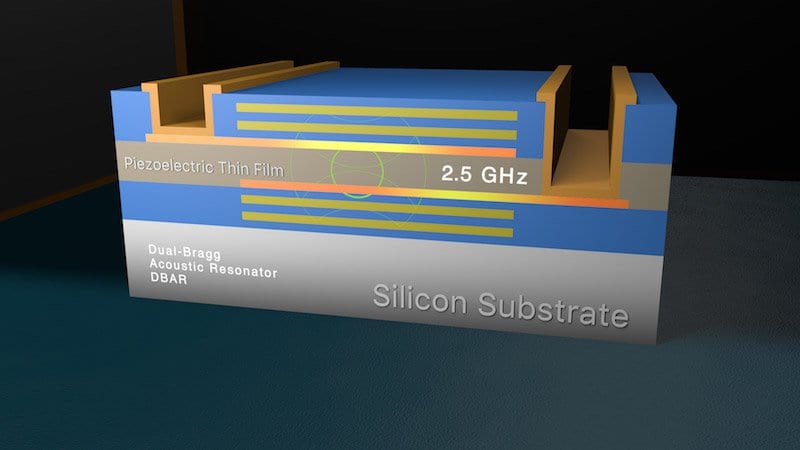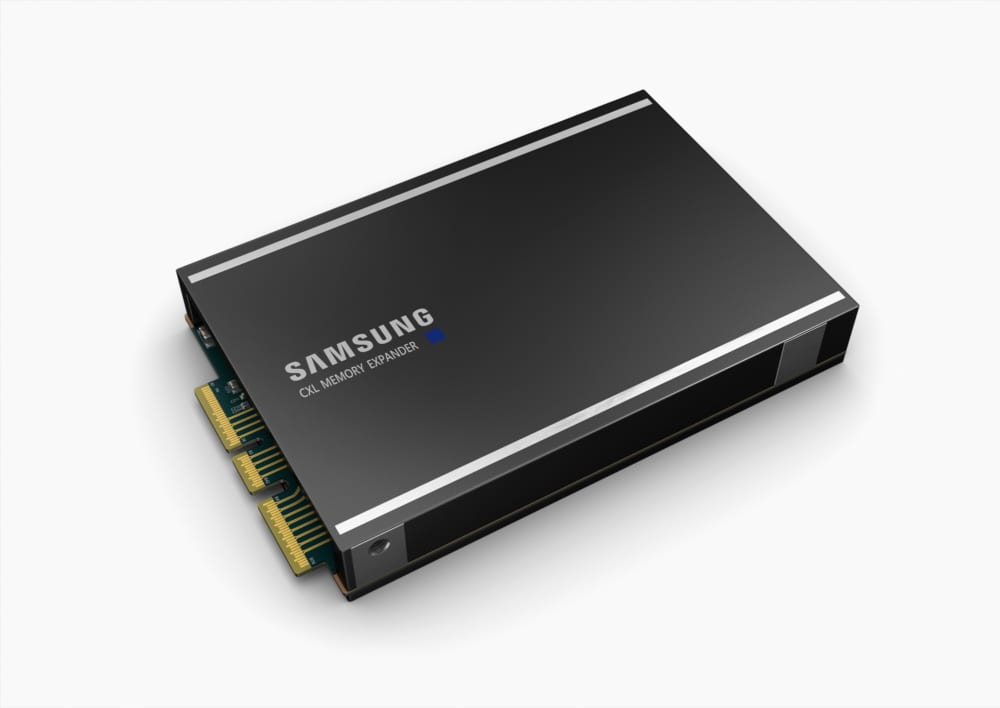The crystal oscillator is a longstanding concept that employs a physical oscillator for clocking to facilitate accurate timing in electronics.
These oscillators have been driving CPU clocks, as well as low frequency (and low power) non-CPU clocks in devices that need to be able to use their peripherals (for example: analog to digital converters) while their CPUs (if any) are asleep.
Smaller, more power-efficient alternatives such as the Texas Instruments Bulk Acoustic Wave (BAW) implementation can mitigate the need for external crystal oscillators due to the compact nature of BAW resonators. Two examples of such implementations is the CC2652RB MCU, and the LMK05318 jitter-attenuating network synchronizer clock, which is capable of 400 Gbps links.
The CC2652RB is a 2.4GHZ wireless crystal-less MCU with Bluetooth Low Energy (BLE), 352KB of flash memory, 80KB of RAM, and a 48MHZ ARM Cortex R4F processor. The MCU also has an RF core powered by an ARM Cortex M0 processor, which enables it to handle aspects of the radio protocols, taking a load off the main CPU.
A microcontroller implementing BAW resonators instead of crystals can be considerably smaller and consume less energy, resulting in longer battery life for medical implants, lower standby power consumption for IoT appliances, and for environmental monitoring devices that operate in remote areas.
Reduced size and power consumption are crucial to upcoming ultra-small technologies that would normally be challenging to implement any form of CPU, timer, transmitter, or other clocked device in such as infrastructure monitoring devices, biometric implants, smart bulbs, and many others.
Another benefit of BAW resonators is increased vibration resistance, and reduced susceptibility to certain EMI issues. That may open a window of opportunity to implement more advanced electronics using timers in more hostile environments.








